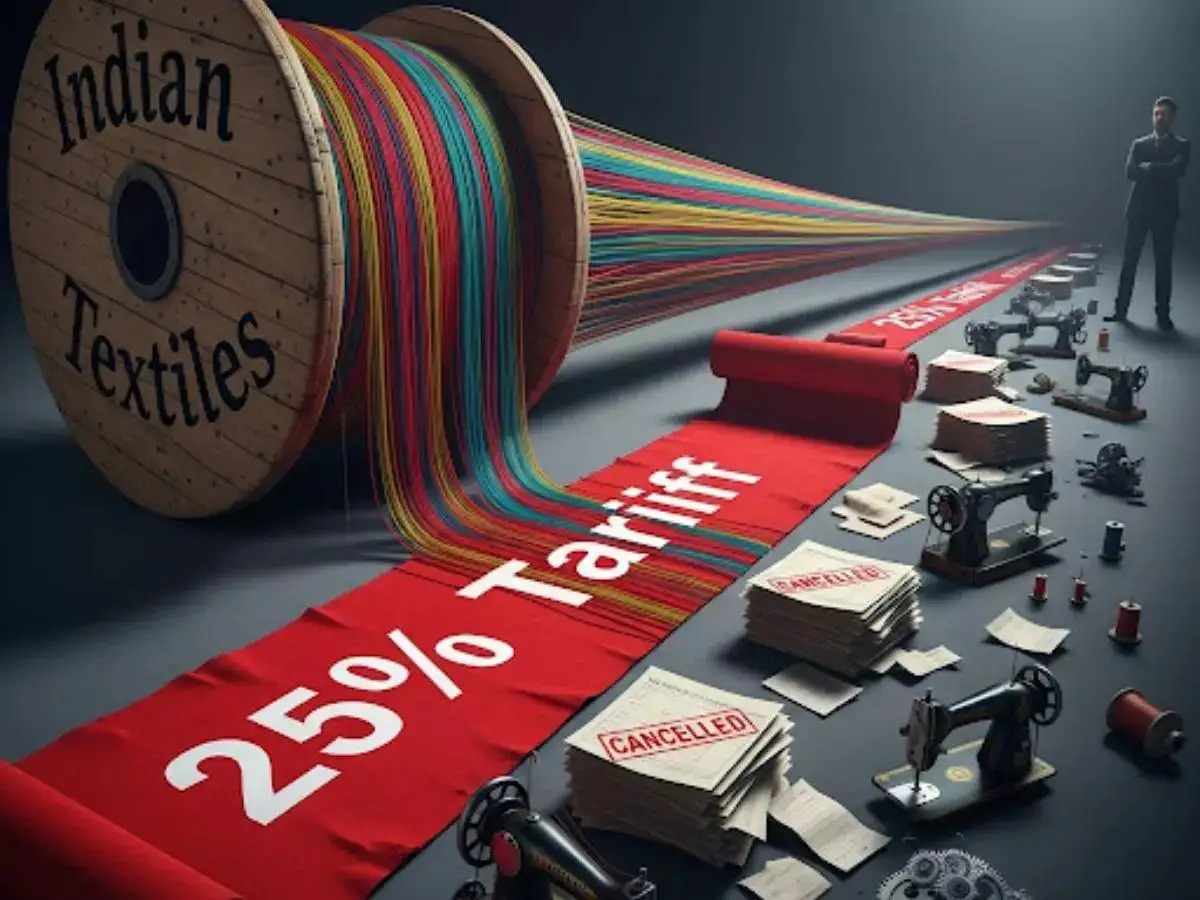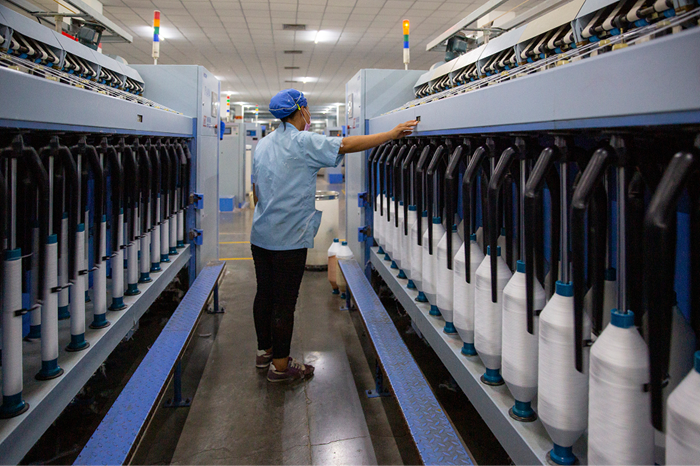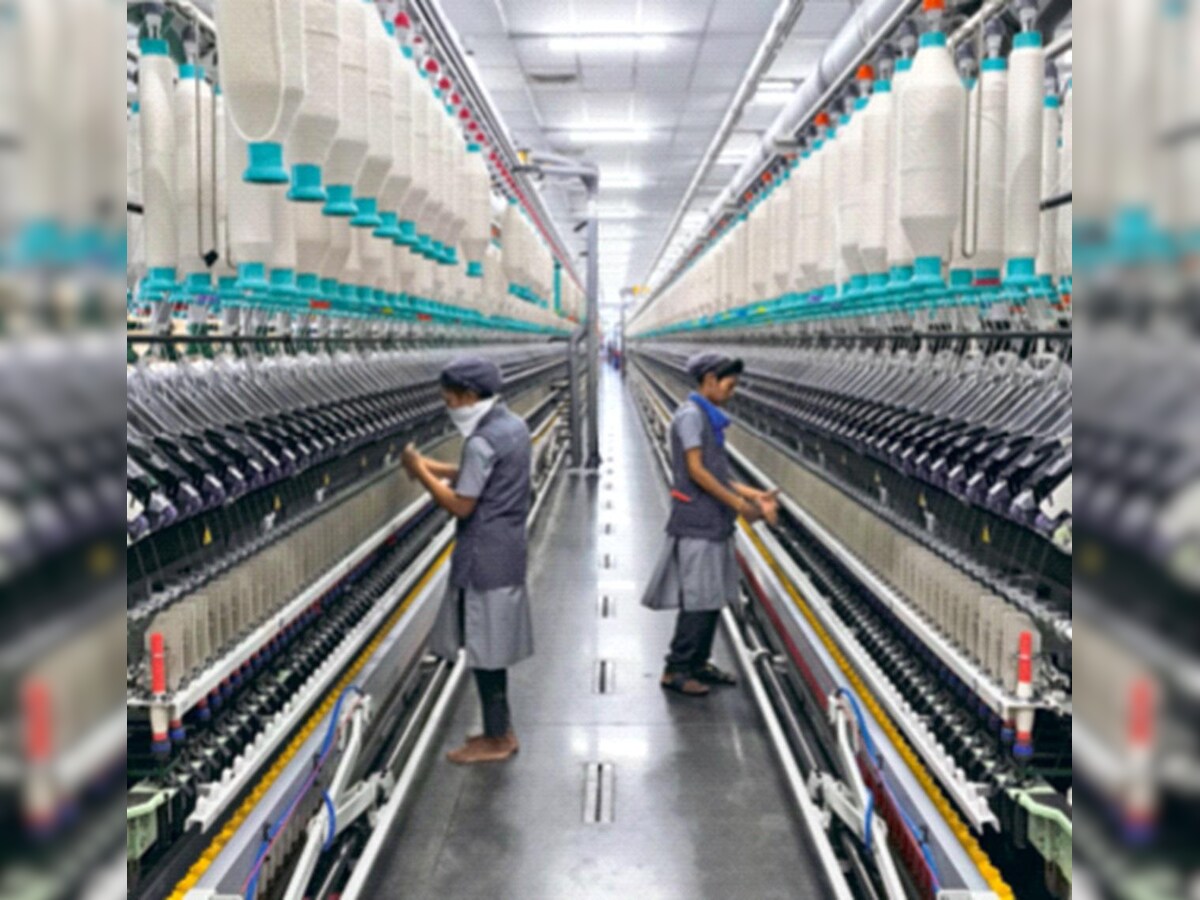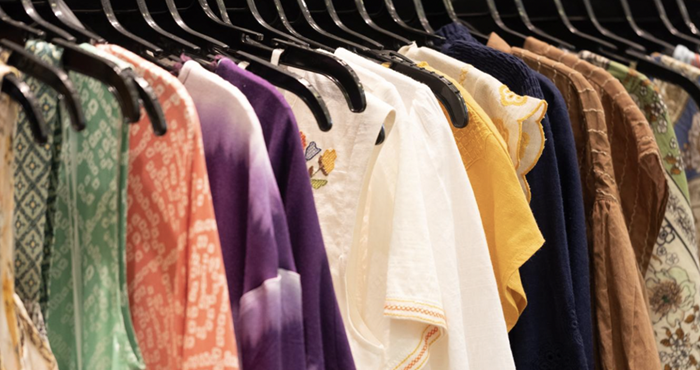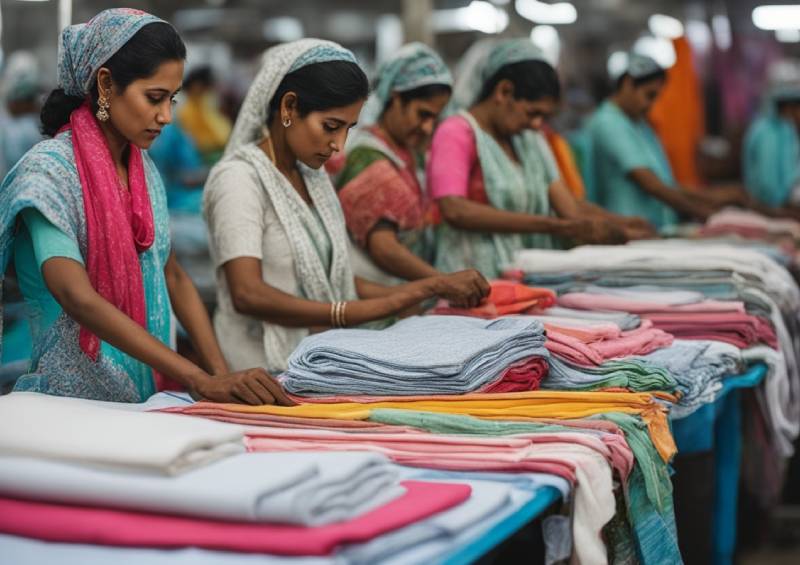
Bangladesh's ready-made garment (RMG) industry, a critical pillar of the nation's economy, is grappling with a growing dependence on imported yarn and fabrics, despite significant domestic production capacity. This shift poses challenges to local textile mills and raises concerns about the long-term sustainability of the industry.
Rising imports and falling domestic consumption
While Bangladesh has invested heavily in its textile production capabilities, recent years have seen a marked increase in yarn and fabric imports. In 2024 alone, cotton yarn imports surged by 39 per cent, reaching a record $2.28 billion, with fabric imports close behind at $2.59 billion. This trend is particularly concerning given that local mills supplied approximately 85 per cent of the yarn for knitwear exports just two years ago (BTMA data).
Table: Yarn and fabric imports
|
Year |
Yarn imports ($ bn) |
Fabric imports ($ bn) |
|
2022 |
||
|
2023 |
||
|
2024 |
2.28 |
2.59 |
(Source: National Board of Revenue)
What makes imports attractive?
Price competitiveness: Indian yarn, in particular, undercuts local prices, often by as much as $0.20 per kg. This is largely due to government incentives and subsidies provided to Indian textile exporters, such as the Remission of Duties or Taxes on Exported Products (RoDTEP) scheme.
Rising production costs: Production costs have been rising for local textile mills due to higher gas prices (up 179 per cent), increased wages, and an unreliable gas supply. These factors limit their ability to compete on price with foreign suppliers. For example, MB Knit Fashions, a leading knitwear manufacturer, exemplifies this trend. Once sourcing 80 per cent of its yarn domestically, the company now imports nearly 90 per cent, primarily from India. "By importing 800 tonnes of yarn, we save $208,000," says Mohammad Hatem, MD, MB Knit Fashions. "If we bought yarn locally, the tax incentives would only result in a post-tax saving of $56,000... So, why would I choose to purchase yarn from local mills under these conditions?"
Falling government incentives: Incentives for garment makers to source yarn domestically have been significantly reduced. Cash incentives have fallen from 4 to 1 per cent, and special incentives from 1 to 0.3 per cent. Also, delays in processing these incentives and tax deductions further diminish their appeal. Zahid Hussain, former lead economist at the World Bank's Dhaka office, argues that long-term support for the textile industry through direct financial aid is unsustainable. Instead, he advocates for focusing on reducing business costs, such as logistics, port charges, and banking fees, to enhance overall competitiveness.
These are concerning for local yarn makers as the growing dependence on imports threatens the viability of local textile mills. Over 30 mills have shut down in the past year, and capacity utilization rates have plummeted. Concerns have been raised about potential dumping practices by Indian exporters, who may be selling yarn below its domestic market value. Moreover relying heavily on imports exposes the RMG sector to external price shocks and supply chain disruptions.
Ways to reduce import dependence
Meanwhile To mitigate the challenges and ensure the long-term health of the RMG sector, Bangladesh should consider:
Reviewing incentive structures: Re-evaluate and potentially enhance incentives for domestic yarn sourcing to make it more attractive for garment manufacturers.
Addressing dumping concerns: Investigate allegations of dumping by Indian exporters and consider imposing anti-dumping duties if necessary.
Improving efficiency and reducing costs: Focus on streamlining logistics, improving infrastructure, and reducing bureaucratic hurdles to lower production costs for local mills.
Promoting vertical integration: Encourage greater vertical integration within the RMG sector to reduce reliance on imports and strengthen the entire value chain.
In fact, to effectively meet higher apparel export targets, Bangladesh needs a multifaceted approach to yarn and fabric sourcing. First while prioritizing domestic sourcing, Bangladesh should strategically diversify its import sources to mitigate risks associated with over-reliance on a single country. This could involve exploring suppliers in countries like Vietnam, Indonesia, and Pakistan.
The country should invest in technology upgrades and skills development to enhance the competitiveness of domestic textile mills. This will enable them to produce higher-quality yarn and fabrics at more competitive prices. Another important step is to promote the production of specialized and value-added yarns and fabrics, such as those made from recycled materials or organic cotton, to cater to the growing demand for sustainable and high-quality apparel.
Foster collaboration between research institutions, textile mills, and garment manufacturers to drive innovation and develop new textile technologies and manufacturing processes. And explore opportunities to increase domestic cotton production, even if it involves collaborations with other countries, to reduce reliance on imported raw materials.


